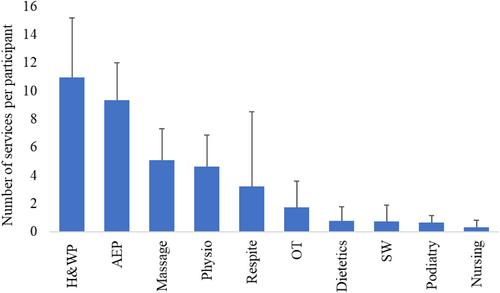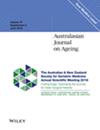Prioritising restorative care programs in light of current age care reform
Abstract
Background
Short-term restorative care (STRC) aims to reduce the demand for long-term aged care services through 8 weeks of intensive, multidisciplinary services designed to enhance the independence of community-dwelling older Australians at risk of functional decline. Evidence surrounding the effectiveness and feasibility of STRC is limited.
Objective
This study aimed to examine the effectiveness of an existing exercise-based STRC model and help inform successful service delivery to maximise participant outcomes nationally.
Methods
An observational cohort study was conducted to evaluate the potential benefits accrued by community-dwelling older adults accessing Southern Cross Care's current exercise-based STRC model in Adelaide, South Australia. Program effectiveness was determined via improvements in outcome measures specific to functional decline risk factors from baseline (Week 0) to discharge (Week 8).
Results
Results demonstrated significant improvements (p < 0.001) in participants' (n = 62) lower extremity function (44.9%), depressive symptoms (52.4%), anxiety (45.8%), frailty stage (57.9%), independence in activities of daily living (17.3%) and health-related quality of life (24.0%). No significant change was found for grip strength or BMI post-intervention. The most frequent services were exercise-based (54.3% of total services), with participants receiving an average of two to three exercise services per week.
Conclusions
An exercise-based STRC model is an effective mechanism to reverse functional decline and associated risk factors among community-dwelling older Australians. Adoption of multidisciplinary intervention as a standardised STRC service model could help improve client outcomes nationally and offset expected increases in community and long-term aged care demand.


 求助内容:
求助内容: 应助结果提醒方式:
应助结果提醒方式:


